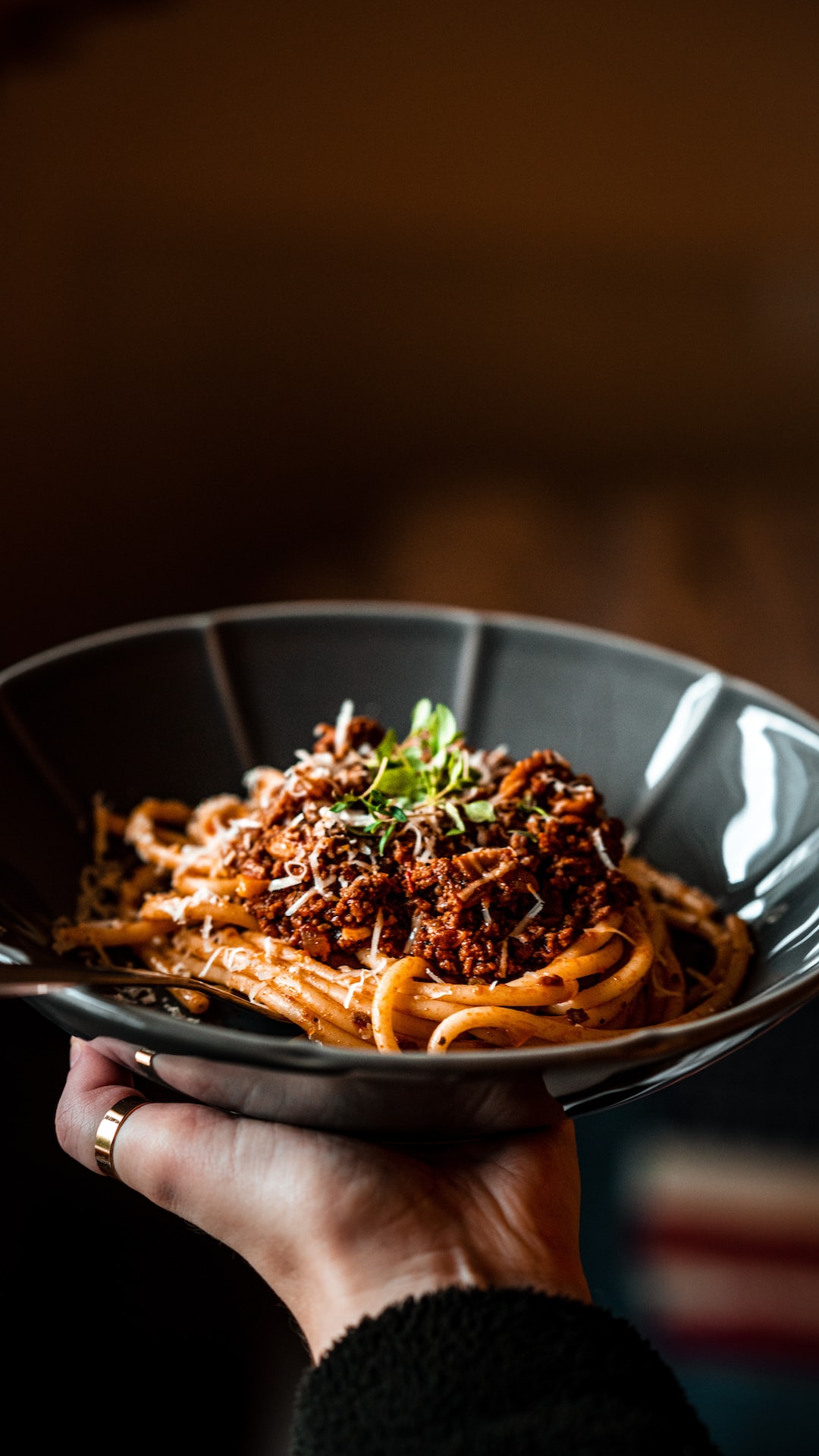The art of food pairing: Creating complementary flavor combinations
Food, the universal pleasure that transcends borders, cultures, and languages, has the power to delight our senses and bring people together. While the taste and presentation of a dish play crucial roles in creating a memorable culinary experience, the magic truly lies in the art of food pairing – the delicate balance of flavors that creates harmonious and complementary combinations on our palates.
Creating the perfect flavor combination is not only about making the food taste good; it is about enhancing the overall dining experience. Just like a symphony requires a skilled conductor, the art of food pairing requires a discerning palate and an understanding of flavors, textures, and aromas. It is a delicate dance that balances contrasting and complementary elements to create a symphony of tastes.
One of the most fundamental principles of food pairing is the concept of matching flavors based on their compatibility. This is where the science of taste comes into play. Our taste buds are sensitive to five basic tastes – sweet, sour, salty, bitter, and umami. However, it is the balance and interplay of these tastes that truly excite our palates. For example, the sweetness of a ripe strawberry can be heightened by a touch of acidity from lemon juice, creating a tantalizing contrast.
Texture also plays a significant role in food pairing. The contrast between various textures can add depth and complexity to a dish. Think of the crunch of a crispy fried chicken paired with the creaminess of mashed potatoes – it creates a contrast that is satisfying to both our taste buds and our senses.
Aromas are another crucial element to consider when pairing flavors. The olfactory sense, closely linked to our sense of taste, can greatly influence our perception of flavor. The earthy aroma of truffles, for instance, can elevate a simple pasta dish to new heights.
When it comes to creating complementary flavor combinations, there are no hard and fast rules. It is an art that encourages experimentation and creativity. However, there are some tried and true pairings that have stood the test of time. Classic combinations like salt and caramel, lemon and lime, and tomato and basil have become staples in countless culinary traditions.
But it is the unexpected pairings that truly excite our palates and push the boundaries of culinary innovation. Just as artists mix colors on a canvas to create a masterpiece, chefs blend flavors to create a truly unique dining experience. Take, for example, the unlikely duo of watermelon and feta cheese. The refreshing sweetness of the watermelon is beautifully balanced by the salty tang of the feta, resulting in a burst of flavors that is both surprising and delightful.
The art of food pairing extends beyond the kitchen; it also extends to the world of beverages. Wine enthusiasts and sommeliers have long understood the importance of pairing the right wine with the right dish. The complexity of flavors in a fine wine can be enhanced or diminished depending on the accompanying food. The subtle sweetness of a Riesling, for example, can be perfectly complemented by spicy Asian cuisine.
In conclusion, the art of food pairing is a testament to the power of flavors and their ability to create memorable culinary experiences. From matching tastes and textures to exploring unexpected combinations, it is a creative endeavor that truly celebrates the diversity of flavors that exist in the world of food. So, let us raise our glasses, both metaphorical and real, and embark on a journey of taste, where the possibilities are endless and the pleasure is immeasurable.

